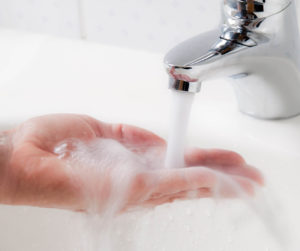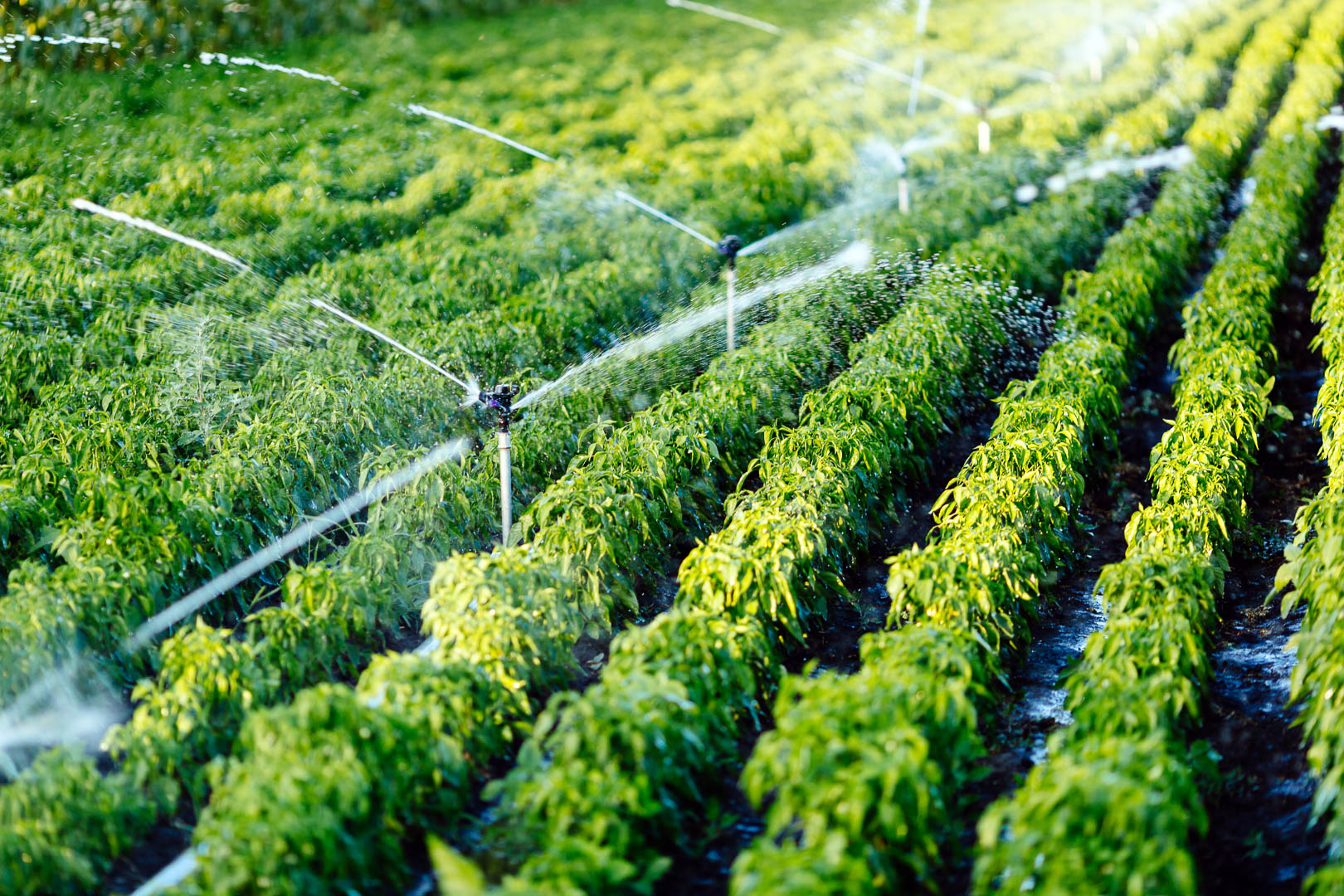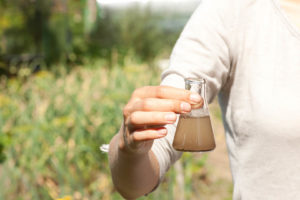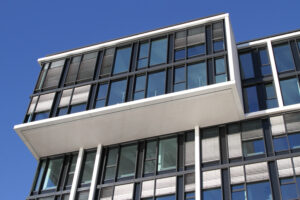How to improve the quality of your own water
Open the tap – and the water runs. But do you know where it comes from and which paths it has taken? And what do you need to know if you do not obtain your water from a public utility company? You can find exciting answers to all aspects of your own water treatment here:
Where does our drinking water come from?
Most consumers obtain their water from central public supply systems. But there are also some exceptions: Around 700,000 Germans get their water from their own small water supply systems, such as spring tapping or wells. This is because, especially for remote agricultural enterprises, industrial companies and households, a water supply from public facilities is often not possible or sensible from a logistical or economic point of view. An alternative solution is then the production of drinking water from self-supply plants.

What should be taken into account for own water systems?
The quality of the water extracted from the ground depends strongly on the geological conditions and the environmental conditions on site.
It is particularly important to know which paths the water has travelled and what substances it is enriched with.
Rainwater already absorbs various substances in the atmosphere that change it. As it flows through the soil layers, water accumulates ever greater quantities of substances. Microorganisms are always added to this. Legionella is also found in practically all naturally occurring waters. These unwanted ingredients then end up in the groundwater.
The occurrence and composition of the minerals contained in the soil determine the hardness of the water: If a large amount of calcium and magnesium ions get into it, for example, it becomes hard. This is particularly the case in areas with a lot of limestone or chalky rock.

What exactly are own water systems?
The Drinking Water Ordinance generally distinguishes between small plants for self-supply and decentralised small waterworks from which drinking water is supplied as part of a commercial or public activity – for example to tenants, holiday guests or commercial enterprises (fewer than 50 persons). The water is mainly drawn from spring water and near-surface groundwater reserves.
The German Drinking Water Ordinance also applies to domestic water
Did you know that you, as the owner of a well, are responsible for ensuring that drinking water quality is maintained? In the case of domestic wells that are also used by third parties, the Drinking Water Ordinance also requires you as the operator to carry out an inspection of the surroundings of the water catchment system at least once a year and to intervene if necessary. The regular inspections of a well system must be carried out by an accredited body and the results must be submitted to the public health department. Thereafter, a retention period of at least ten years applies.
For the operator of a decentralised small waterworks, the obligation to inspect is very extensive, especially during initial commissioning. If he also uses chemicals for treatment, he must document this regularly by recording the substances used and their concentration in the drinking water. In addition, only substances that are listed according to § 11 of the Drinking Water Ordinance may be used.

Possible interference factors with well water:
- Turbidity
- High iron and manganese content
- Stone formation
- High nitrate levels
- Salt
- Contamination
- Corrosion
Treatment of well water
To avoid problems caused by contaminated drinking water, the well water should be treated before it enters the domestic water cycle. In addition to the requirements of the Drinking Water Ordinance, the individual needs of the owner and the nature of the environment play a decisive role in the choice of the optimum process. In order to determine the quality of one’s own drinking water in the first step, an exact analysis is always necessary – even if there are apparently no conspicuous features that indicate any impairment.
Well examined is half prepared
A comprehensive analysis of your own water provides clarity about the nature of the water. In addition to odour, sediment, turbidity and colour, the water is also examined for conductivity, pH value and acid capacity up to pH 4.3 (carbonate hardness). In addition, the total hardness, and if necessary the base capacity, iron and manganese and possibly ammonium, nitrate, nitrite, chloride and sulphate are checked. Once the results are available, the well owner can choose from a wide range of products to find the solution best suited to the nature of the well water and its requirements.

 © JUDO 2024 | All rights reserved.
© JUDO 2024 | All rights reserved. 


